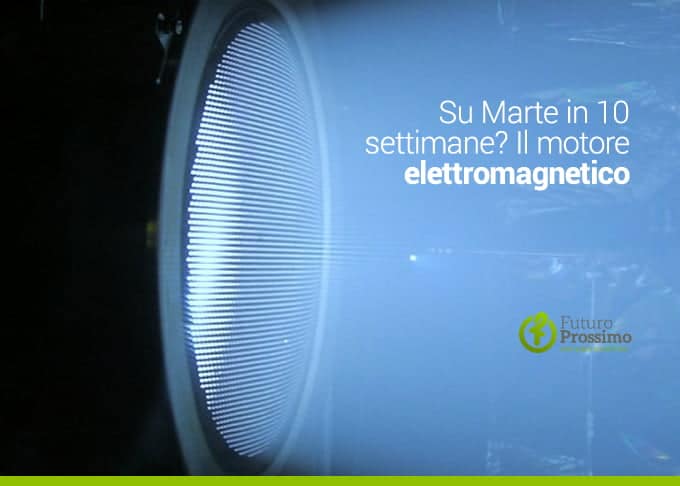There is no longer any controversy surrounding NASA's development of prototypes of an incredible engine that does not require fuel and can take a spacecraft to Mars in just 10 weeks. The reason is very simple: science cannot explain how such an engine can work, even if currently at NASA's Eagleworks Laboratory further tests confirm the production of thrust. There are those who say that the results could be 'spoiled' by the Earth's magnetic field, and there are those who indulge in more enthusiastic statements.
The mechanism
The engine works by bouncing beams of microwaves obtained from solar energy inside a vacuum chamber to create thrust. “We can say that we have already developed and built a second-generation prototype that has reduced interference on the magnetic fields inside the chamber,” says Paul March, one of the engineers working on this special electromagnetic motor at the Johnson Space Center in Texas.
“Although there are still anomalous signals to produce satisfactory and constant thrust,” continues the designer at Eagleworks Laboratory, “this research group is convinced that this new engine will be able to bring passengers and crew of a spacecraft to the moon in less than 4 hours , or to Mars in 10 weeks. A journey to Alpha Centauri, which today would last thousands of years, could be achieved in less than a century."
Being solar powered, these engines would receive the boost "on the go". At present, energy production is very low and "only" contradicts some principles of physics. Tomorrow who knows :)


